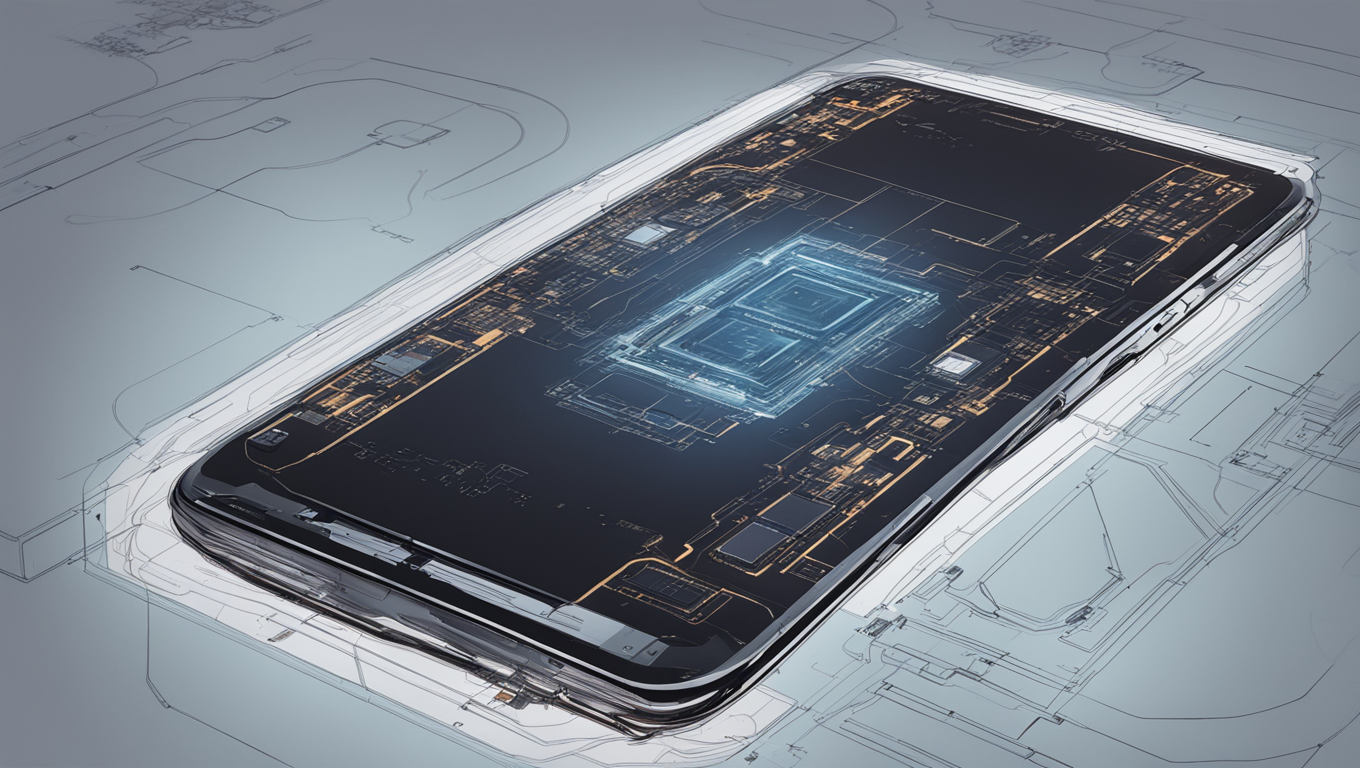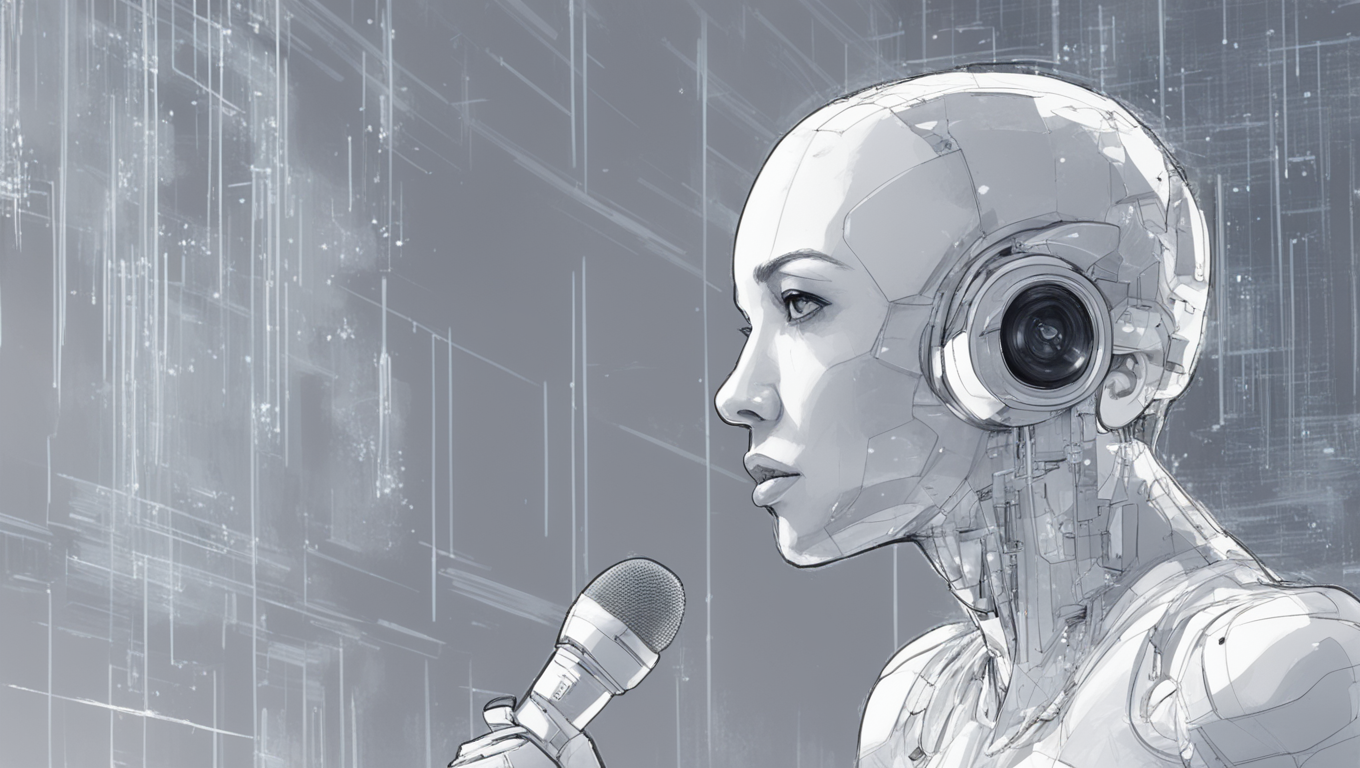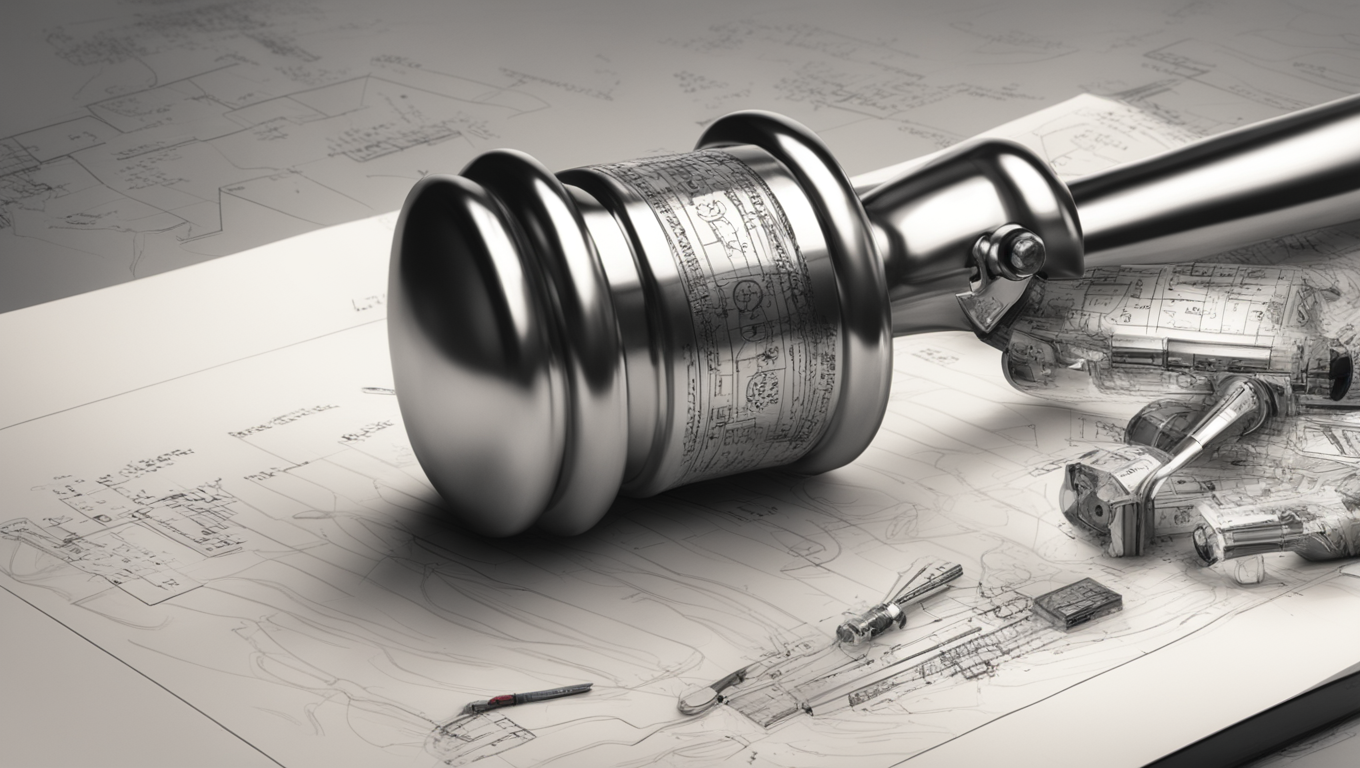The Copyright Infringement Lawsuit Between OpenAI and The New York Times: What Does it Mean for Generative AI?
A fierce legal battle involving the future of generative AI took a fascinating turn last week in a tenacious copyright infringement lawsuit that had been brought by a major publisher against AI maker OpenAI of ChatGPT fame. The specific case entails the New York Times (NYT) seeking a legal bid to score a bullseye on OpenAI for scanning and utilizing NYT-posted pieces when creating and data training OpenAI’s litany of generative AI apps including ChatGPT. This case has profound implications.
To be clear, the likely legal results of this case will be enormous and ultimately apply to just about all AI makers and all generative AI apps, thus each and every chess move during the case portends bigtime implications. The future of generative AI is at stake. Yes, that might seem like an overstatement, but for various reasons that I’ll get into shortly, the potential ramifications aren’t that far off from what could go down. I’ll get to the earth-shattering latest twist in a moment, so hang in there, it’s a worthy doozy.
For those of you generally interested in the legal ins and outs of what’s happening with AI, you might find highly informative and engaging my comprehensive coverage at the link here. In the heady matter of Intellectual Property rights and AI, such as copyrights and patents, my analyses at the link here and the link here would provide handy insights for you. Other coverage includes the controversial proposition of legal personhood rights for AI, see the link here, plus many other pieces that I’ve posted as part of my ongoing examination of the latest in AI Law and AI Ethics, see the link here.
In the existing legal case of the NYT claiming copyright infringement by OpenAI, the parties are currently in the discovery phase. You likely know about legal discovery in general due to all manner of high-profile court cases shown on live streams or made available as recorded video on social media. Each side tries to get the other side to show what it has, almost like playing a poker game and you hope to discover what cards the other side is holding. The judge often must make difficult decisions about requests by either side. Not everything that is requested will necessarily be legally applicable and the judge will turn down such requests. The sides typically try to get what they believe will be in their best interest, serving as a strenuous advocate for their side of the case. They will pitch or make legal arguments that the judge reviews and then the judge decides or rules whether the various requests can go forward, including the extent to which a given request must be fulfilled by the other side of the case.
OpenAI made a filing on July 1, 2024, that is publicly available about the ongoing discovery process and provides a useful glimpse at the back-and-forth going on during the present-day discovery phase of the case. I am going to provide some quoted excerpts from that filing. OpenAI seems to be seeking specifics about how the works at issue were devised by NYT. Thus, the expressed need to be able to inspect the reporter’s notes, materials that were used in formulating the works, and other related aspects. Furthermore, OpenAI states that this is a bona fide request for these additional reasons: “Such discovery is also relevant to other assertions the Times has made, including those regarding how the Times created the works at issue. The Times alleges, for example, that “[t]o produce world-class journalism,” it “invests an enormous amount of time, . . . expertise, and talent,” including through “deep investigations—which usually take months and sometimes years to report and produce—into complex and important areas of public interest.” Having chosen to put directly at issue how the Times created the works at issue—including the methods, time, labor, and investment—OpenAI has a right to discovery into the same.”
The NYT lawyers responded with some hard-hitting responses. They claimed that OpenAI’s request was unprecedented and served no purpose other than harassment and retaliation. They objected to the request for access to reporters' notes and argued that it would entail the disclosure of confidential information that was unrelated to the copyright infringement claim. They maintained that OpenAI’s request imposed an undue burden on the NYT.
This glimpse at just two filings is a mere drop in the bucket of the customary head-to-head legal strategies and tactics that arise as numerous chess moves and counter moves occur in a case of this significance. There is a lot on the line. These are heavyweights going toe-to-toe. The consequences are enormous for them, and notably too, for the future of generative AI.
From a layman’s viewpoint, that is going to be a humongous sticky wicket. The legal battle between OpenAI and the New York Times could have far-reaching implications for the use of generative AI and the protection of copyright. The outcome of this case will likely set a precedent that will apply to all AI makers and generative AI apps. The case raises complex questions about copyright laws, fair use, and the impact on the future of generative AI. It is a battle that pits publishers and copyright owners against AI makers, with both sides passionately arguing their position and seeking to protect their interests.
The legal dispute centers around the scanning and utilization of copyrighted material by OpenAI in its generative AI apps. The New York Times is seeking to enforce its copyright claims and hold OpenAI accountable for the unauthorized use of its content. OpenAI, on the other hand, argues that its use of the scanned material falls within the realm of fair use and is necessary for the development of generative AI.
One of the key points of contention in the case is the request by OpenAI to access the reporter’s notes and other materials used in the creation of the copyrighted works. The New York Times has objected to this request, citing concerns about the confidentiality of its reporters' files and the potential negative consequences of disclosing sensitive information related to investigative reporting.
The court’s ruling in this case could have significant implications for the future of generative AI. If the court finds in favor of the New York Times and enforces its copyright claims, AI makers may be required to obtain permission or pay licensing fees for the use of copyrighted material in their generative AI apps. This could have a chilling effect on the development and advancement of generative AI, as access to data is crucial for training these models.
On the other hand, if the court rules in favor of OpenAI and deems its use of copyrighted material as fair use, it could set a precedent that allows AI makers to freely scan and utilize copyrighted material for the development of generative AI. This would be a significant victory for AI makers and could pave the way for further advancements in the field.
As the legal battle between OpenAI and the New York Times unfolds, it raises broader questions about the intersection of AI and copyright law. The rapid development of AI technologies, such as generative AI, has created new challenges and complexities in the legal landscape. The outcome of this case could have far-reaching implications for the future of AI and the protection of creative works.
It will be fascinating to see how this legal battle plays out and what precedents it sets for the use of generative AI and the protection of copyright. As AI technologies continue to advance, it is clear that the laws and regulations governing their use will need to evolve as well. The outcome of this case will be a significant milestone in shaping the legal framework for AI and could have lasting implications for the future of the industry.





Use the share button below if you liked it.